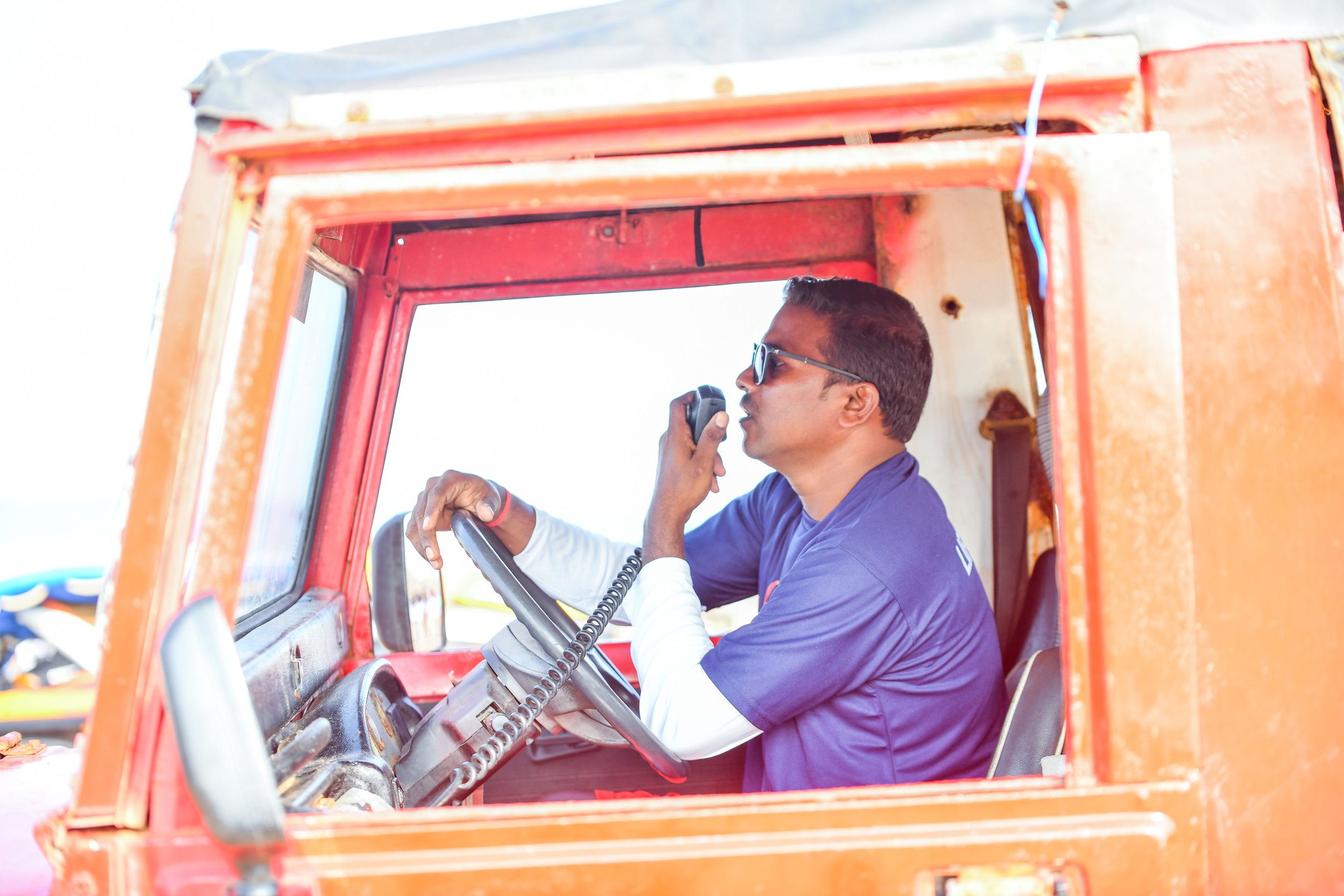~ Lifesavers are put through endurance tests and emergency response drills
~ Soft-skill training in dealing with tourists also part of course module
Panaji, July 2023: During the monsoon season when swimming is prohibited, the state's 450-strong force of lifesavers is actively patrolling the beaches. Additionally, they are undergoing a comprehensive two and a half month-long refresher and revalidation course. This training reinforces their emergency lifesaving responses, physical drills, and enhances their soft communication skills.
The mandatory refresher program organised by Drishti Marine, which culminates on September 1, is being held in both districts, will focus on emergency response services and also includes a special module on effective communication and soft-skills in an effort to engage in a positive manner with visitors, especially tourists.
"The life-saving force at Drishti Marine undergoes annual refresher and revalidation training to ensure they are up-to-date vis a vis latest professional skills and techniques. These skills include cardiopulmonary resuscitation (CPR) and first-aid, beach operations, jet ski operation, use of rescue equipment and various rescue techniques. In addition, lifesavers are also trained in leadership and soft skills,” said Navin Awasthi, CEO, Drishti Marine.
Lifesavers are required to meet stringent fitness criteria, including the ability to swim 400 meters within 11 minutes. Additionally, significant importance is given to first-aid and CPR training, as it demands swift and efficient response in providing assistance to a victim within a matter of minutes.
The refresher program incorporates comprehensive sessions that delve into the intricacies of CPR, Automated External Defibrillator (AED) usage and the proper handling of oxygen cylinders, which are reinforced through live demonstrations.
“Our lifesavers are the first responders on the beach and they are equipped with the necessary tools and training to provide immediate first-aid to victims until emergency services arrive. Lifeguards also undergo training on how to respond to marine wildlife strandings,” Awasthi added.
Lifesavers undergo drills to enhance their proficiency in utilising the emergency response kits at their disposal during the programme.
“The intensive program comprises endurance swim workouts, corrective measures for strokes, jumps from heights of three and five meters, underwater swimming and foundational skills with rescue tubes and boards. Classroom sessions cover lessons on surf awareness, beach conditions, rip currents, safety signs, flag systems, and marine hazards,” according to Santano Fernandes, an instructor with Drishti Marine.
The training program also includes a session on effective communication and soft skills. This is to
help lifesavers engage with beach visitors, including tourists, in a positive and efficient manner.
“Effective communication is of the utmost importance. Lifesavers can enhance their interactions by employing suitable body language, displaying politeness and respect towards beach visitors, professionally addressing issues and adapting their speech and behavior to suit the situation. Maintaining emotional control enables lifesavers to navigate challenging situations that may arise with tourists and other beachgoers,” Fernandes also said.
Participation in annual training programs is obligatory for lifesavers to uphold their certification and remain eligible for beach duty.
Drishti Marine adheres to the training curriculum endorsed by the Special Rescue Training Academy (SRTA) to educate its lifesavers. The SRTA has obtained certification from the National Skill Development Corporation (NSDC) as a recognised nationwide training partner, specialising in curating professional courses for lifesavers.
###

